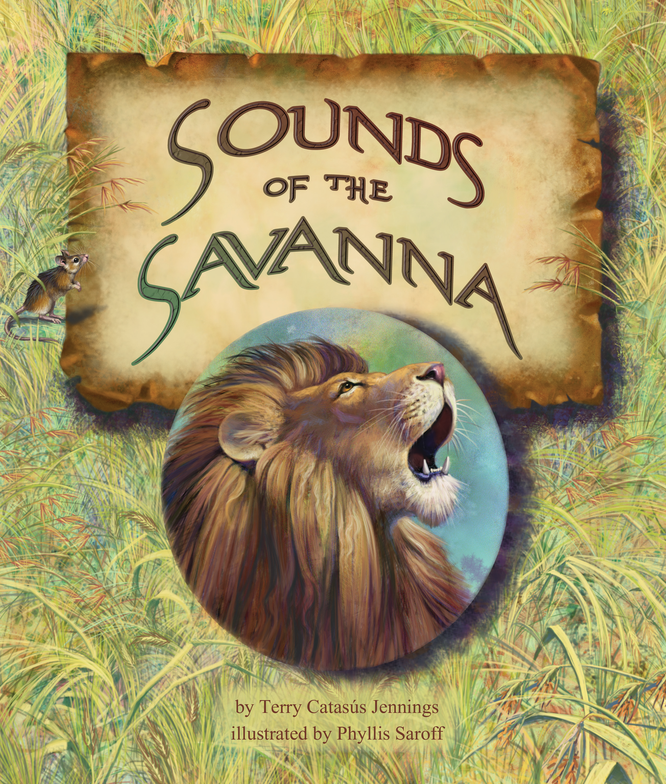Build your own Dinosaur!
by Kool Cat KC on 01/27/15
Would you bring dinosaurs back to life if you could? Cool idea, huh? Jack Horner is a paleontologist (a scientists who studies fossils). A professor at Montana State University, he is trying to do just that and he has had some success at it.
You may recognize Professor Horner even if you don’t know him. Dr. Alan Grant, one of the main characters in some of the Jurassic Park movies, was based on Professor Horner and his work. Professor Horner has helped make sure those movies, including Jurassic World, the newest one, are as scientifically correct as they can be. But his real job is a lot more exciting than that!
Professor Horner likes to find things. When he was a little boy, he loved dinosaurs; in fact, he wanted to have one as a pet. And he is dyslexic—reading is very difficult for him. Being a paleontologist was the dream job for him. He gets to find things, he gets to work with dinosaurs, and he can take his time with the reading he has to do. And he hasn’t found just any old dinosaur bones, he was the first to find dinosaur eggs in the Western Hemisphere—the half of the earth that includes North, Central and South America. He found the first nest of baby dinosaurs and a dinosaur embryo—a dinosaur that was mostly formed but hadn’t hatched yet. He was the first to find signs that perhaps dinosaurs cared for their babies. He is really interested in dinosaurs behavior toward each other—how social they are.
One of the projects on which Professor Horner is working now is trying to create a chickenosaurus. Is he trying to finally have his dream of having a pet dinosaur? Actually, the research that could lead to chickenosaurus, might also help human medicine some day. The techniques paleontologists are using to create chikenosaurus may help repair human beings some day. Read on and you’ll see how.
Not like Jurassic Park. In the movies, the paleontologists created the dinosaurs from the DNA in blood a mosquito sucked from a dinosaur at least 65 million years ago. DNA carries the instructions within an organism that makes it what it is. It’s what makes a giraffe a giraffe and a three-toed sloth a three-toed sloth and not a two toed sloth. It’s what makes you a human being different from your brother, your sister, or your friend. It also includes what each organism needs to develop, reproduce and survive. But it seems DNA can’t survive for millions of years. Scientists have found fossils, but they haven’t been able to find DNA yet.
But we don’t have to jump through hoops to get dinosaur DNA. We have it right under When dinosaurs evolved so that they could fly, the instructions that made the dinos hand changed so that a wing was made instead. The instructions that made tails turned off so tails didn’t grow. What Professor Horner and other paleontologists are trying to do is to reverse that evolution. To turn on the instructions—the genes—that made the hand instead of the wing and that made the tail grow.
Why a chicken? Why not? We know that sandhill cranes haven’t changed in 10 million years (blog to come soon on that). Hoatzins are birds that have claws at the ends of their fingers. Ostriches are very primitive birds, they can’t fly. They may all be closer to dinosaurs, but they are not small, domesticated and cheap to keep. Chickens have been studied because they are such a big part of our lives. Scientists have much more data on chickens than they do on the other birds.
What Professor Horner wants to do: He wants to create dino like a small velociraptor. To do that, he’ll need to change a chicken’s DNA so that it creates an arm with fingers and claws rather than a wing, a long tail, and a head without a beak and with teeth.
What has already happened: Scientists have already created chicken embryos with conical teeth, like the teeth of ancient crocodiles.
How this knowledge will help humans: What we learn about how genes create and develop an organism may help us understand how human bodies work and how it can be repaired.
Back to the original question: Would you bring a dinosaur back to life if you could? I don’t think I would. I definitely wouldn’t bring back any meat eaters—they might eat me. And the huge plant eaters would take up lots of food and space. No. I don’t believe I would want scientists to engineer any new animals or bring back old animals. I’m more of the type of person who thinks that we should do what we can to keep the animals we have. But…the research that Professor Horner is doing might help do just that. What do you think?
I got the information for this blog from a November 10, 2014 article in The Washington Post by Jackson Landers, a TED talk by Professor Horner, and the websites listed below. I have listed the Washington Post article so that you can access it if you would like. Phil Wilson, the artist who drew the sketch of what a chickenosaurus might look like, gave me permission to use his artwork on this website.
Washington Post Article:
http://www.washingtonpost.com/national/health-science/paleontologist-jack-horner-is-hard-at-work-trying-to-turn-a-chicken-into-a-dinosaur/2014/11/10/cb35e46e-4e59-11e4-babe-e91da079cb8a_story.html
TED talk:
http://www.ted.com/talks/jack_horner_building_a_dinosaur_from_a_chicken#t-299087
Other websites: http://www.genome.gov/25520880
http://www.smithsonianmag.com/science-nature/scientist-behind-jurassic-world-breaks-down-trailer-18095305/?utm_source=smithsoniantopic&no-ist.

